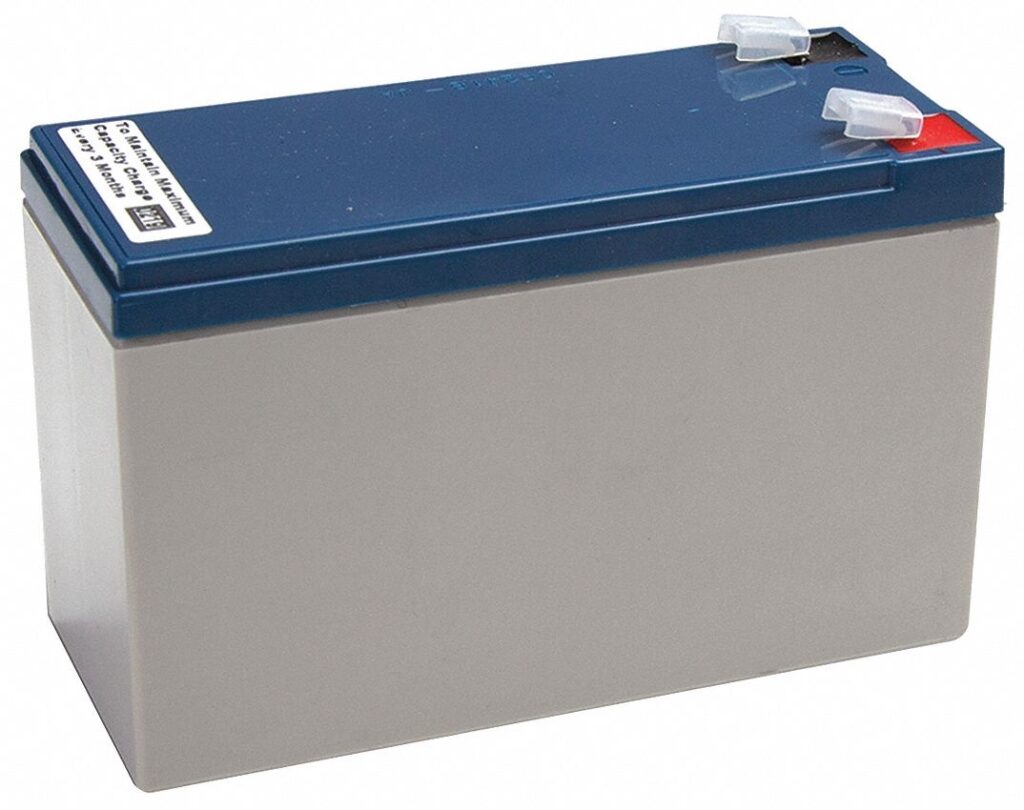Lead-acid batteries can experience performance degradation due to several factors.
- Sulfation: This is the most common cause of lead-acid battery degradation. It occurs when sulfuric acid in the electrolyte reacts with the lead plates, forming lead sulfate crystals. Over time, these crystals can build up on the plates, reducing the battery’s capacity and ability to hold a charge.
- Plate corrosion: Exposure to high temperatures, overcharging, or operating the battery at low states of charge can cause corrosion of the lead plates. This corrosion can reduce the surface area available for chemical reactions, leading to decreased battery performance.
- Stratification: If a lead-acid battery is not regularly cycled or charged properly, the electrolyte can become stratified, meaning that the acid concentration varies throughout the battery. This can lead to uneven charge distribution and reduced battery capacity.
- Water loss: During charging, water in the electrolyte can be broken down into hydrogen and oxygen gas through electrolysis. If the battery is not properly maintained and water is not replenished, the electrolyte level can drop, exposing the plates and leading to accelerated degradation.
- Grid corrosion: The lead grids that support the active material on the plates can corrode over time, especially if the battery experiences frequent deep discharges or high temperatures. Grid corrosion weakens the structural integrity of the plates and reduces the battery’s ability to deliver current.
- Temperature: High temperatures can accelerate chemical reactions within the battery, leading to faster degradation of the active materials and increased self-discharge rates. Conversely, extremely low temperatures can reduce the battery’s ability to deliver power and can cause the electrolyte to freeze, potentially damaging the battery.
- Overcharging/Undercharging: Charging a lead-acid battery beyond its recommended voltage or leaving it in a deeply discharged state for an extended period can lead to permanent damage to the plates and accelerated degradation.
To maximize the lifespan and performance of lead-acid batteries, proper maintenance, regular charging, avoiding deep discharges, and controlling operating temperatures are essential.


